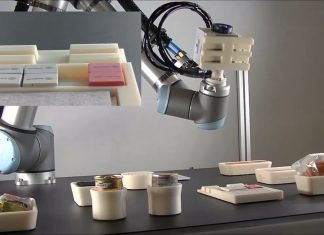In the world of vacuum technology, we are accustomed to thinking of vacuum as a space devoid of matter and pressure. But what happens when we view it through the lens of quantum physics? The Casimir effect reveals a surprising aspect: even cosmic space is never completely ’empty.’
Discovered in 1948 by physicist Hendrik Casimir, this effect, named after him, occurs between two extremely close surfaces in a vacuum environment where quantum fluctuations—namely the continual creation and annihilation of virtual particles—generate a force that pushes the surfaces towards each other.
The phenomenon occurs because only certain wavelengths of the virtual particles are selected between the surfaces, while outside them, the oscillations are freer. This imbalance creates a pressure that grows stronger the closer the surfaces are.
The Casimir effect teaches us that the vacuum is anything but static: it’s a place teeming with energy and possibilities, a phenomenon with implications not just for theoretical physics but also for practical applications, such as the design of nanodevices or systems where microscopic-level forces must be precisely harnessed.
Those who work with vacuum technology know well how complex it is to control and use it for industrial applications. Although the Casimir effect is observable only on a nanometric scale, it offers us a fascinating perspective: even when we think we have removed everything, the vacuum continues to be an active presence, capable of generating extraordinary forces and phenomena.
This view reflects the philosophy of Vuototecnica: the vacuum is not just absence, but possibility, innovation, and sometimes even surprise.
For more intriguing insights, continue following our blog!








































